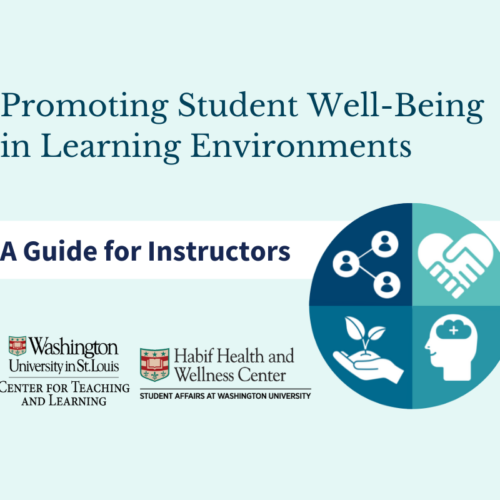Strategies for Flipped Instruction Time Management
Time management can be daunting for some instructors while teaching a flipped course, but there are steps faculty can take to make sure that class sessions are well-organized, writes Robert Talbert, associate professor in the Mathematics Department at Grand Valley State University and the author of Flipped Learning: A Guide for Higher Education Faculty, in a recent Faculty Focus story.
In the article, Talbert outlines a guidelines for planning and executing a flipped course. Instructors should start planning early for a flipped class, perhaps up to a year in advance. Faculty can first focus on building flipped learning habits in existing courses and then transition to planning specific material for a flipped class before the beginning of a new semester.
Faculty can also set learning objectives for a flipped course so students know what they should learn in pre-class activities and during and post-class activities, Talbert writes. In a flipped class, students learn basic objectives before a class session and apply that knowledge during class.
“By restricting pre-class work to just the basics, students are given work that they can be reasonably expected to complete, along with permission not to fully understand the advanced material yet. Likewise, by insisting that class time only be focused on higher-level concepts, time isn’t wasted on redoing something students did before class,” Talbert writes.
Finally, instructors can help students manage their time in a flipped course by setting clear expectations and making a calendar with suggested activities for each day. The calendar should also include time for breaks while studying.
To learn more about flipped instruction, register for our upcoming workshop, “Introduction to Team Based Learning (TBL).”






